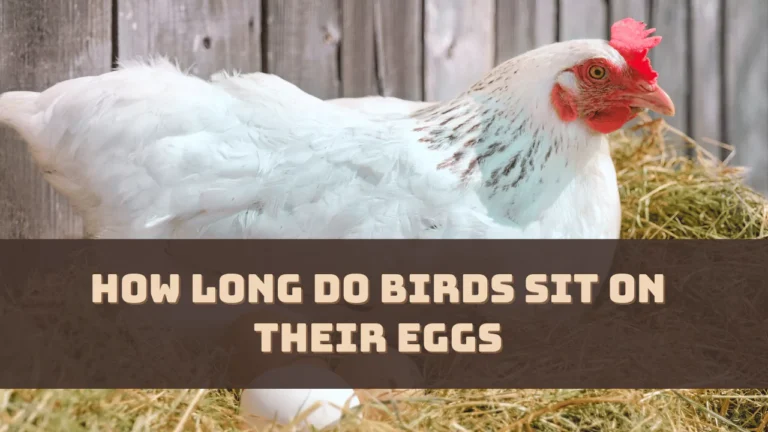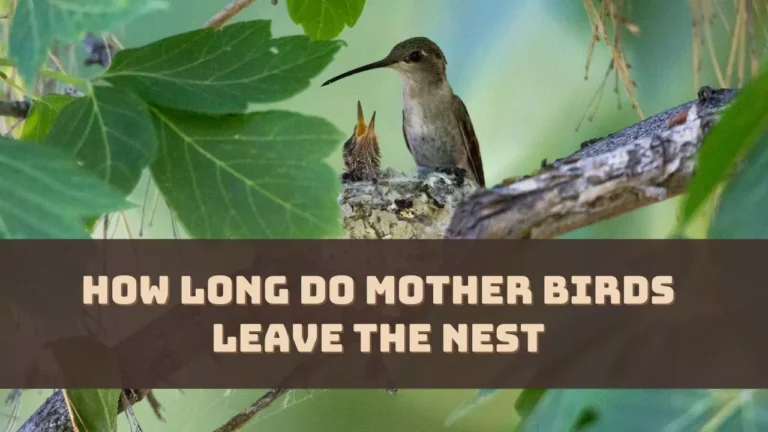Unlike humans, birds do not have muscular diaphragms that would help them to breathe or draw air in and out. Birds, like chickens, have air sacs extended throughout the body which are part of their lungs. They have a complex respiratory system that comprises the nose, throat, lungs, air sacs, windpipe or trachea, and certain bones.
Respiratory System in Chickens
Chickens have small rigid, unusual-shaped, bright pink, red, and orange coloured lungs, and they are designed to fit the spine and ribs. Air sacs in chickens look like plastic wrap. They have four pairs of sacs extending out of the lung tissues and found around the body. They have a single cervical air sac which is found at the front of the neck.
These sacs help to transport air from the lungs to the rest of the body including organs and pneumatic bones. These air sacs are also involved in keeping the body temperature cool, providing buoyancy for waterbirds, and being filled with air to help the bird take flight.
What is the Breathing Process in Chickens?
In a chicken, air enters through the nostril, passes through the pharynx, and moves towards the trachea, which branches into smaller bronchi. Air enters the lungs and then it branches out through the secondary bronchi.
To increase the surface area within this relatively small space and to enhance the transfer of oxygen, air flows through small loops called Parabronchi. The air passes in unidirectional and a transfer of oxygen takes place to complete the entire breathing cycle, chickens inhale and exhale twice.
Chickens have longer trachea and so a large amount of air enters the body in one breath. The interesting fact is that along with the trachea and lung, the avian secondary bronchi also branch into separate sir sacs and these sacs are present in the skeletal system of the bird known as pneumatic bones. These secondary routes for air-exchanging bones have a honeycomb structure and are filled with air which makes them light and allows the bird to take flight.
Also, the air sacs that connect the pneumatic bones have thin walls and these act like bellows to pull air within the rigid lungs. Thus, a circular flow of air is maintained within the body of the hen. Hens lack sweat glands and so they are found to open the mouth to breathe, which is done to regulate the temperature.
How Many Breaths a Chicken Can Take Per Minute?
An average adult chicken takes 30 breaths per minute, which indicates that they must stay in a well-ventilated coop. This process helps them to get fresh air, also eliminates moisture, and keeps the chickens healthy.
What Respiratory Problems Are Faced by a Chicken?
Birds can get affected by common respiratory problems due to viruses, bacteria, fungi, parasites, and the environment. These can lead to labored breathing, discharge from the eyes and nose, coughing, gasping, and sneezing. The most commonly known problems are PPLO (Pleuro Pneumonia Like Organisms), Infectious Bronchitis, and Infectious Laryngotracheitis.
Do Chicken Lungs Expand When They Breathe?
No, chicken lungs are small and firmly attached to the ribs so they do not expand.
When do Chickens Breathe Heavily?
Chickens are seen panting and breathing rapidly with their beaks open. Through this process, they release heat and dissipate internal heat. However, these can also be a sign of heat stress, so if you are a coop owner, you need to take rapid action.
How Chicks Breathe Within the Egg Shells?
Under the shell, there are two membranes and between these membranes, an air sac can be found which looks like a small air cell filled with oxygen. With the development of the chick inside the egg, it starts using oxygen, and carbon dioxide is released. You will find tiny pores on the eggshell which act as the gateway for replenishing the depleted oxygen, allowing the developing chick to breathe.




